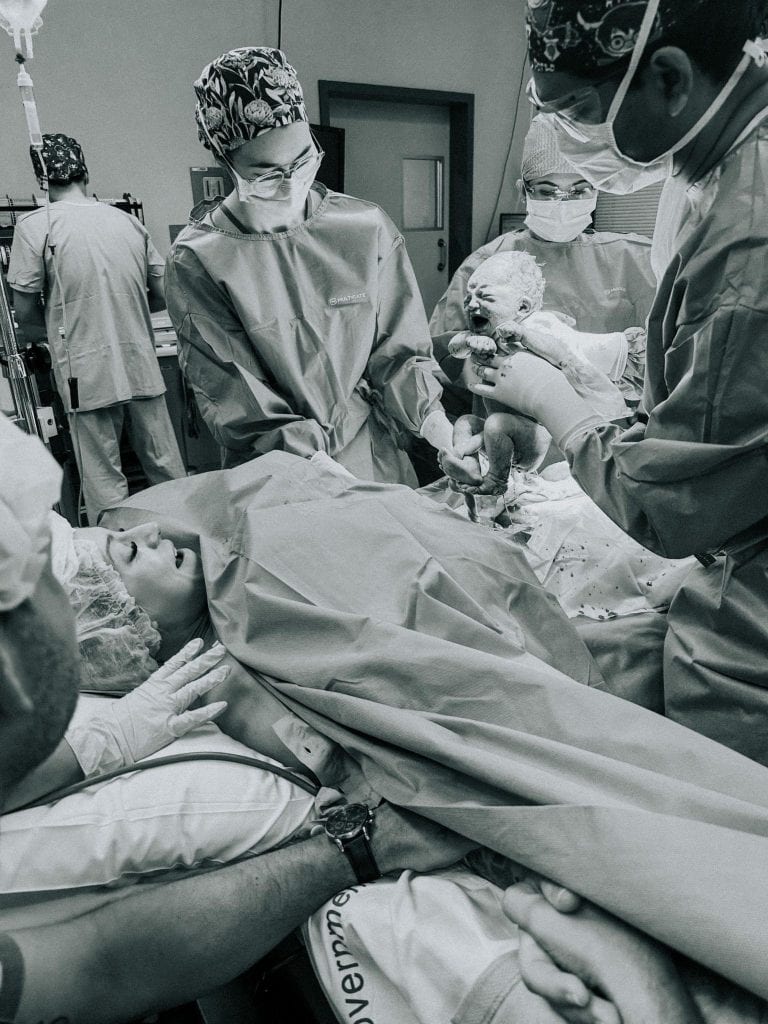Your next birth after a Caesarean section (NBAC) will prompt further thought and discussion compared to your first birth. This is because having a scar on the uterus changes the risk profile slightly when compared to an unscarred uterus.
Your choices are an elective repeat Caesarean section: it has the advantages of being a planned birth, accommodating immediate skin-to-skin contact, delayed cord clamping, and a good theatre ambiance with music. We know that an elective Caesarean section carries fewer risks compared to an emergency one, and being well-rested prior to your procedure (as opposed to being in labor for a long time) means you can cope with the procedure much better.
It’s still a major surgical procedure and carries risks of bleeding, infection, injury to surrounding tissues…but more importantly, the burden of recovery is around 6 weeks.
A vaginal birth after Caesarean section (VBAC) is possible for most women who choose to attempt it—unless your Caesarean scar on the uterus was a “classical” or “inverted T or J incision.”
The main benefit of having a VBAC is the short recovery—you can be back on your feet literally as soon as you give birth. It means you can get back to your life as a mom, especially if you have another little one(s). Driving restrictions don’t apply and studies show greater maternal satisfaction with having a vaginal birth.
We need to answer two questions:
- What are my chances of a successful VBAC
- If you’ve had a vaginal birth before its >90% for spontaneous onset of labour
- If you have not had a vaginal birth before we use VBAC calculators using parameters from your last labour and your current pregnancy to work out your success chance eg, someone who had a LSCS for non-recurring cause like Breech would have a chance of success of 70% if she came in labour herself, this rate is reduced if: she has an induction, has a big baby onboard, has diabetes, carries extra weight (10% for each factor)
- What are this risks.
- The main one we worry about is the risk of the uterine scar opening up, uterine rupture, and the baby being expelled out of the uterus and into the abdomen. The chance of this in spontaneous labour is ½ % (1 in 200), if its an out of hospital rupture then the baby can 2 out 3 times suffer severe brain damage or could die.There are strategies that we can put in place to reduce this risk further and keep you and your baby safe.
Dr. Singh supports an individual mother’s choice when it comes to your mode of delivery. He is happy to support your choice to attempt a VBAC, even after 2 previous LSCS, and will counsel you on the risks and benefits so you can make an informed choice and plan your birthing journey.
